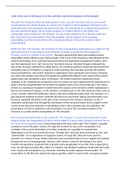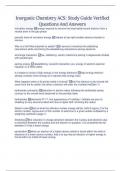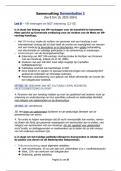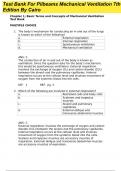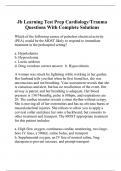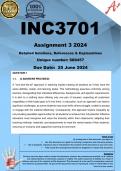Essay
The Tempest , Part B- Ariel as the controller and manipulator of play
- Module
- The Tempest- Part B essays
- Institution
- OCR
This essay details the character of Ariel as the controller and manipulator of the Tempest, it is an imagined question which is a predicted possibility for the summer 2023 exam. It was marked 15/15 by an examiner at my last school as a practice for the real exam. it is heavy with AO5, analysis ...
[Show more]
